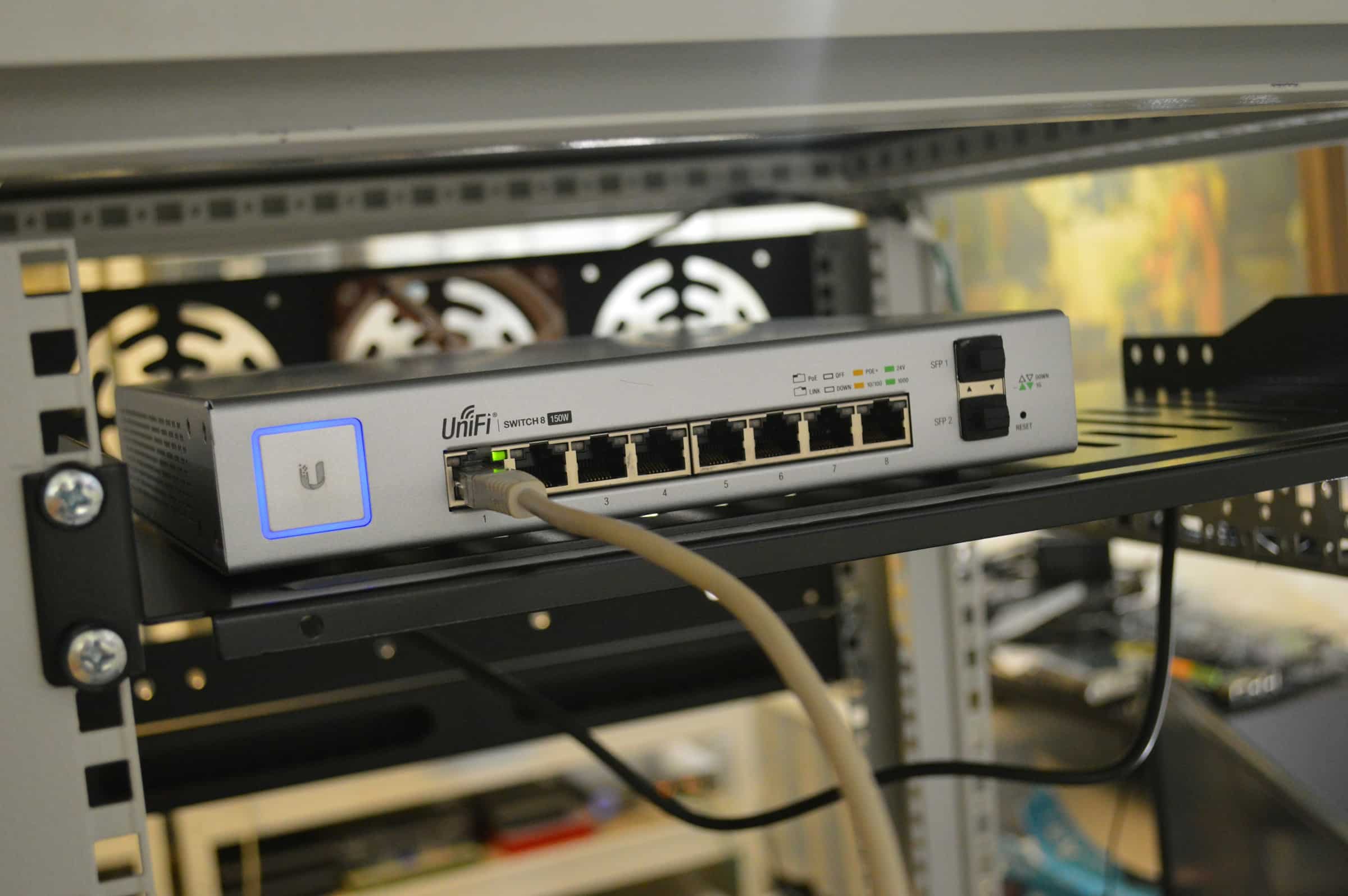What are the detailed steps to configure a Ubiquiti UniFi Dream Machine Pro for efficient home network management?

In today's connected world, managing your home network efficiently is crucial. The Ubiquiti UniFi Dream Machine Pro (UDM Pro) serves as a comprehensive solution that combines powerful network management, advanced security, and high-performance access points. This article will walk you through the steps to configure your UDM Pro for optimal home network management.
Unboxing and Initial Setup
When you first unbox your UniFi Dream Machine Pro, you will find a sleek device that embodies both innovation and simplicity. The UDM Pro is designed to be the central hub of your home network. Here's how to get started:
Sujet a lire : How do you optimize the performance of a gaming laptop with an external GPU for VR gaming?
- Physical Setup: Connect the UDM Pro to your modem using an Ethernet cable. Plug in the power supply and switch on the device.
- Connecting Devices: Connect your computer or laptop to the UDM Pro using another Ethernet cable. This will enable you to access the UniFi Network controller software.
- Accessing the Controller: Open a web browser and go to
unifi.ui.com. Sign in with your Ubiquiti account or create one if you don't have it yet. - Initial Configuration: Follow the on-screen prompts to set up your UDM Pro. This includes setting your network settings, such as IP configuration and network traffic management.
The UDM Pro's intuitive interface ensures that even those new to network management can navigate through the initial setup with ease. Once the initial configuration is complete, it’s time to fine-tune the advanced features.
Configuring Network Settings and VLANs
Having completed the initial setup, the next step involves configuring your network for optimal performance and security. Let’s dive into the specifics:
A lire également : What are the steps to configure a QNAP TS-453D NAS for automated nightly backups?
- Network Settings: Access the UniFi Controller and navigate to the network settings section. Here, you can set up specific network configurations such as DHCP settings, DNS servers, and static IP assignments. This is crucial in managing how devices interact within your home network.
- Creating VLANs: Virtual Local Area Networks (VLANs) are essential for separating different types of traffic. For instance, you can create a VLAN for guest access and another for your IoT devices. This separation enhances network security and performance. To create a VLAN, navigate to the 'Networks' tab in the UniFi Controller, click 'Create New Network', and specify the VLAN ID along with other necessary details.
- Assigning VLANs: Once VLANs are created, assign them to the appropriate ports. This can be done under the 'Switch Port Profiles' section. Assigning VLANs correctly ensures that there is no cross-traffic between different network segments, minimizing potential security risks.
Proper VLAN configuration can significantly enhance your network's efficiency and security. By segmenting traffic, you reduce the chances of congestion and unauthorized access.
Setting Up Access Points and Wi-Fi Networks
With your UDM Pro properly configured, the next step is to set up your access points and Wi-Fi networks. This ensures that all areas of your home have strong, reliable coverage.
- Adding Access Points: Ubiquiti offers a range of UniFi access points. Connect your access points to the UDM Pro via Ethernet cables. The UniFi Controller will automatically detect the new devices. Adopt the access points by following the on-screen prompts.
- Configuring Wi-Fi Networks: Within the UniFi Controller, go to the 'Wi-Fi' section and click 'Create New Wi-Fi Network'. Give your network a name (SSID) and set a strong password. You can also specify the VLAN ID if you want this Wi-Fi network to be on a specific VLAN.
- Advanced Wi-Fi Settings: Adjust the settings to optimize performance. This includes setting channel widths, power levels, and enabling features such as Band Steering and Fast Roaming. These settings can significantly enhance the performance and reliability of your wireless network.
Having multiple access points ensures that your home has seamless coverage. You can walk from one end of your house to the other without losing connection, thanks to the seamless handover between access points.
Implementing Firewall Rules and Security Features
Security is paramount in any network, and the UDM Pro offers robust features to protect your home network. By configuring firewall rules and other security settings, you can safeguard your data and devices.
- Firewall Rules: Navigate to the 'Firewall & Security' section in the UniFi Controller. From here, you can create rules to control the traffic flow. For instance, you can block traffic between different VLANs or restrict access to certain websites. Click 'Create New Rule' and follow the prompts to set up your firewall rules.
- Enabling Threat Management: UniFi's Advanced Threat Management system can detect and block malicious traffic. Enable this feature under the 'Security' tab. You can also configure settings such as IDS/IPS (Intrusion Detection/Prevention System) to monitor and protect your network from potential threats.
- VPN Configuration: If you need secure remote access to your network, setting up a VPN is essential. The UDM Pro supports various VPN configurations. Navigate to the 'VPN' section, click 'Create New VPN', and follow the configuration steps to set up a secure connection.
By implementing these security features, you ensure that your network remains protected from external threats. It's important to regularly review and update your firewall rules to adapt to new security challenges.
Optimizing Performance and Monitoring Traffic
Efficient network management involves not only setting up but also continuously monitoring and optimizing performance. The UDM Pro provides several tools for this purpose.
- Traffic Analysis: Within the UniFi Controller, access the 'Traffic Stats' section. Here, you can see a detailed breakdown of your network traffic. Identify any unusual spikes or patterns that might indicate issues such as bandwidth hogging or unauthorized access.
- Quality of Service (QoS): Prioritize important traffic to ensure critical applications get the bandwidth they need. This is particularly useful in a home network with multiple devices. Navigate to the 'QoS' settings and configure rules to prioritize traffic based on device type or application.
- Regular Updates: Ubiquiti regularly releases firmware updates that include performance improvements and security patches. Ensure your UDM Pro and all connected UniFi devices are up to date. This can be done through the UniFi Controller under the 'Settings' tab.
By actively monitoring and optimizing your network, you can ensure consistent performance and quickly address any issues that arise.
Configuring a Ubiquiti UniFi Dream Machine Pro for efficient home network management involves a series of careful steps. Starting from the initial unboxing and basic setup, moving through advanced configurations such as VLANs and firewall rules, to optimizing performance and monitoring traffic, each step plays a crucial role. The UDM Pro's comprehensive features and intuitive interface make it an ideal choice for managing a modern home network.
In conclusion, by following these detailed steps, you can ensure that your UniFi network is not only efficient but also secure. The UDM Pro, with its blend of advanced features and user-friendly design, empowers you to take control of your home network like a pro.
Remember, the key to successful network management is continual monitoring and adjustments. With the UDM Pro, you have a powerful tool at your disposal to keep your home network running smoothly and securely.
